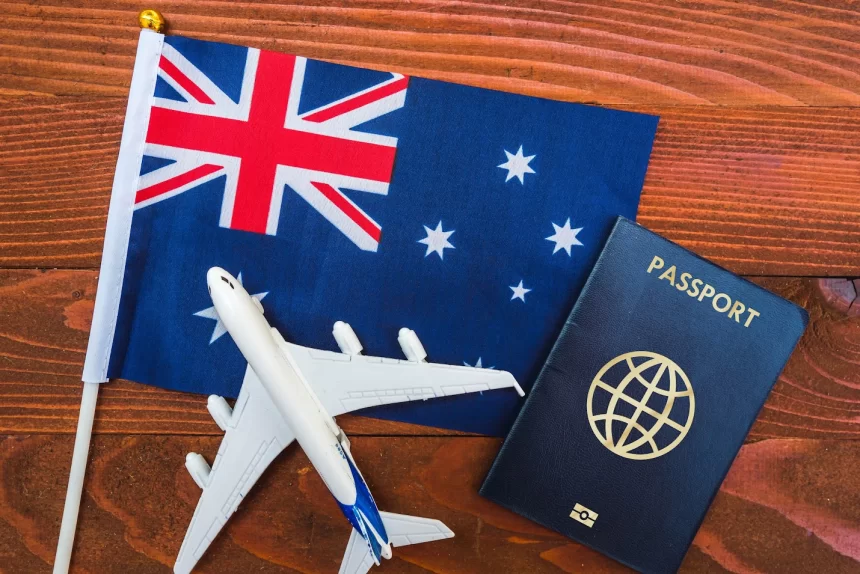One hundred years of ‘The Great Gatsby’: The magnetic resonance of F Scott Fitzgerald’s iconic novel

Join our WhatsApp Community to receive travel deals, free stays, and special offers!
- Join Now -
Join our WhatsApp Community to receive travel deals, free stays, and special offers!
- Join Now -

It’s ironic that, a hundred years after its publication, The Great Gatsby has become a cultural touchstone for reasons that F Scott Fitzgerald might not have entirely agreed with. Initially, however, most reviewers weren’t impressed. “F Scott Fitzgerald’s Latest a Dud”, proclaimed the New York World in 1925. Others echoed this sentiment: “We are quite convinced after reading The Great Gatsby that Mr Fitzgerald is not one of the great American writers of today.”
Though TS Eliot wrote to exclaim that the book was “the first step that American fiction has taken since Henry James.” Fitzgerald went to his lonely death in 1940, believing that The Great Gatsby had failed to make an impact. Today, his exploration of the American Dream has a magnetic resonance, inspiring novels, movies and plays and shaping portrayals of the rich and famous.
The vision of the novel
Gatsby’s fortunes rose when the US military chose it as one of the titles to be distributed to soldiers during World War Two, in a special edition of more than 150,000 copies. Over the decades, it became a fixture in American classrooms, bookstores, and libraries. Readers grew to appreciate Fitzgerald’s vision of the novel, which he outlined in a letter to his editor, Maxwell Perkins: “I want to write something new,...
What's Your Reaction?
 Like
0
Like
0
 Dislike
0
Dislike
0
 Love
0
Love
0
 Funny
0
Funny
0
 Angry
0
Angry
0
 Sad
0
Sad
0
 Wow
0
Wow
0























































